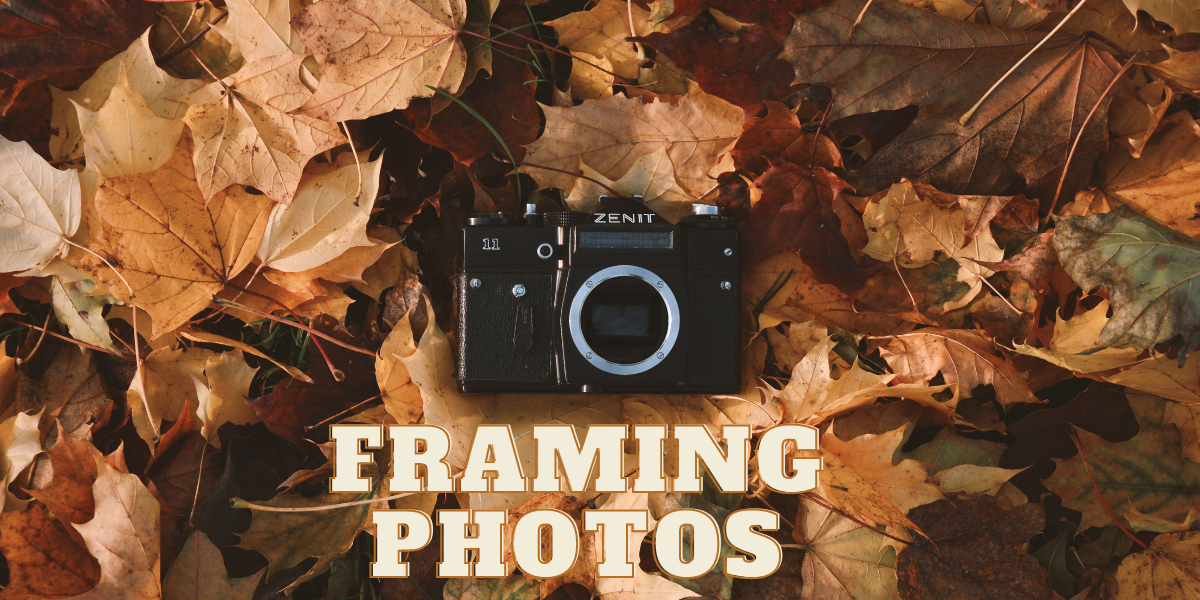Types of photos
There are many different ways you can take a photo, depending on the look you are trying to go for. There are extreme close ups (ECU), close ups (CU), medium close ups (MCU), medium shots (MS), medium long shots (MLS), long shot (LS) and wide shots (WS).
Rule of Thirds
The rule of thirds is a technique for composing your shots. Imagine a rectangular frame is divided into 3 horizontally and vertically, if you have your “action” on the intersections it looks more interesting. The rule of thirds is also helpful for placing people in the shot. You want the person’s eyes to be inline with the top horizontal line on the grid. This will allow for the proper amount of head room. The head room is to make sure the photo is evenly distributed in terms of photo weight. For a wide shot you want to have more head room and for a close up you’ll want less head room.
Balancing
The weight of different elements in the shot can determine if your photo is balanced or unbalanced. Another term for this is photo weight, which is making sure your photo is balanced or unbalanced depending on the look you’re going for. You also need to be mindful of look space (nose room) which is the direction someone is looking. You’ll want to leave more room to balance out the look space. Another good tactic is finding patterns such as lines, shapes and curves in the areas around where you are shooting.
Being Unique
To get a unique look to your photos you can use things in nature to help frame your shots. These can be branches, leaves, rocks, a path or anything you can find. You can also adjust focus to make your shots more interesting as well. This can change the depth of field, which is what is in focus and what isn’t in focus.
Conclusion
These are very helpful techniques to keep in mind when you are starting your photography journey. However, it’s equally important to break away from traditional guidelines and let your creativity guide you. Whether you’re using natural elements to frame your subject or playing with light and angles, each shot tells a unique story. Ultimately, the best way to improve is by practicing and exploring, always keeping an open mind to new ways of composing and capturing the world around you.
